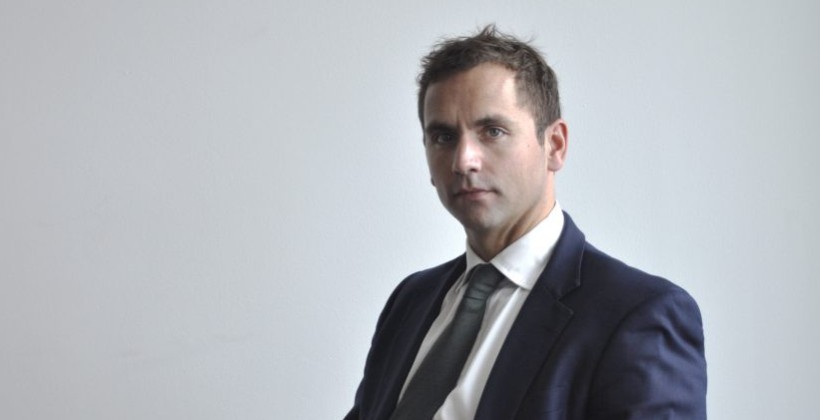Approaching a decade ago, I wrote an analyst report on ITV called “More than just linear TV” (which, funnily enough, is very similar to ITV’s current strategy tagline “More than TV”, and predates it, but I digress!). The crux of the report’s argument was that, as broadcasters built up their broadcast video on-demand (BVOD) services, they should be seen less as linear TV companies and more as video distribution platforms, and so increasingly agnostic as to their platform of distribution. That looks obvious now but, back then, that was seen as a radical suggestion.
BVOD still remains a minority of revenues for the broadcasters (for the UK, for example, I estimate BVOD will represent just over 20 percent of total TV ad revenues) and the industry is still more reliant on its ‘traditional’ revenue stream than other sectors. The publishing industry (and increasingly outdoor) for example, are majority digital revenue based. Increasingly, though, BVOD is the buttress helping the broadcasters to protect their advertising revenues – and persuade investors of the sustainability of their business model. For ITV, for example, the launch of ITVX is at the heart of their strategy.
A shift to thinking about broadcasters as players in the wider video space creates a shift of mindset at all levels, whether advertiser, agency or broadcaster. It is probably fair to say that advertisers are well down the path of thinking about video advertising in its wider context, and that agencies are moving in the same direction. At least one of the global agency holding companies now includes linear TV in a wider video category that also includes the likes of not just SVOD advertising but also YouTube and TikTok. Yet the anecdotal evidence suggests that broadcasters – at least in Europe – still prefer to sell BVOD as a bundle to protect the linear side of the equation.
In my view that is a mistake, and it risks the broadcasters being outmanoeuvred by other parties.
It is true the move to a video mindset creates risks. If the wider platform is video, and television revenues are placed in the same overall category as SVOD advertising and YouTube/TikTok, the logical conclusion is all these revenues are interchangeable. Yet, this is already a feature of the market. YouTube and TikTok (and Facebook) have been presenting themselves for years as a natural home for television revenues, even going to host their own versions of the upfronts. Meanwhile, the broadcasters maintain a defensive stance when it comes to their own BVOD products moving into the territory of these platforms.
I would argue it is now time for broadcasters to move from the defence to the offence. If YouTube and TikTok are arguing they are a natural home for television revenues, then there is no reason why the broadcasters should not be making a similarly powerful case for why their BVOD services offer a similar home for digital advertising. BVOD has many advantages for advertisers spending in digital, namely it is safe, brand-friendly and you know your audience is actually human. And while the channel remains expensive compared to its online peers, there is a case for arguing you pay your money and you get your choice. Quality content and a safe environment for advertisers is not a commodity in the current digital ad market, it comes at a premium.
For the broadcasters to grasp this opportunity, though, it requires a shift in mindset and structure. Firstly, BVOD must be seen – and sold – as its own platform, with its own strengths and qualities, rather than just an adjunct to linear TV. That may require a new sales focus. Secondly, the broadcasters need to regain their confidence and aggressively highlight the values of their BVOD product to advertisers. This may be an opportune time. Even adjusting for currency, YouTube revenues globally fell c. 2 percent in Q4. The confidence has come off the online platforms, making now an ideal time to strike.
It may require broadcasters to also think about the content they show. Just as YouTube and TikTok are increasingly seeking to transition themselves to long-form content, so the broadcasters may need to think about a potential role for premium short-form content in their offerings. This is not something which features in their traditional mindset and, again, requires a different focus as well as different skills. However, it could open up new audiences and revenues streams, particularly from SMEs which platforms such as Peacock are increasingly looking to target through self-serve buying tools (closer to home, STV in Scotland has also done a superb job in this space). The ‘de-siloisation’ of media is happening and it is time for the broadcasters to adapt to change – and seize the opportunity.
As usual, this is not investment advice.





